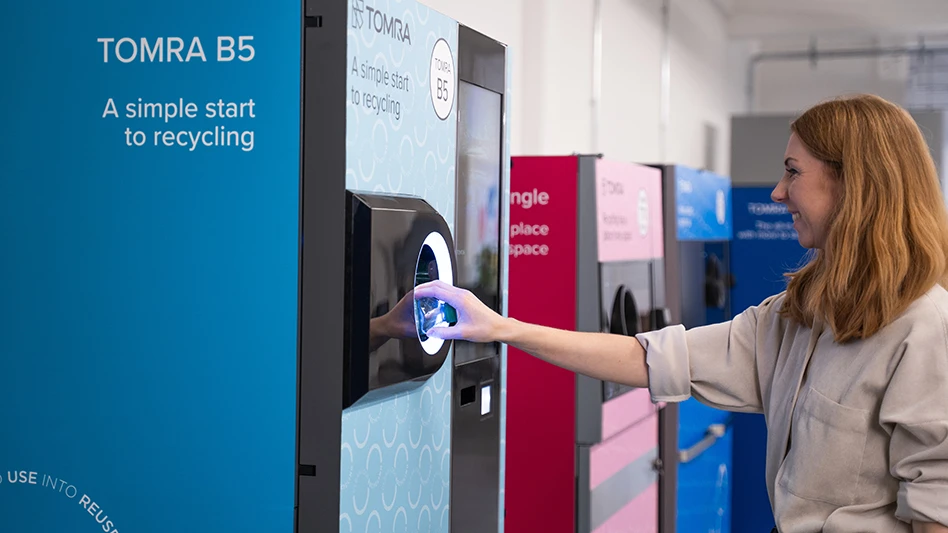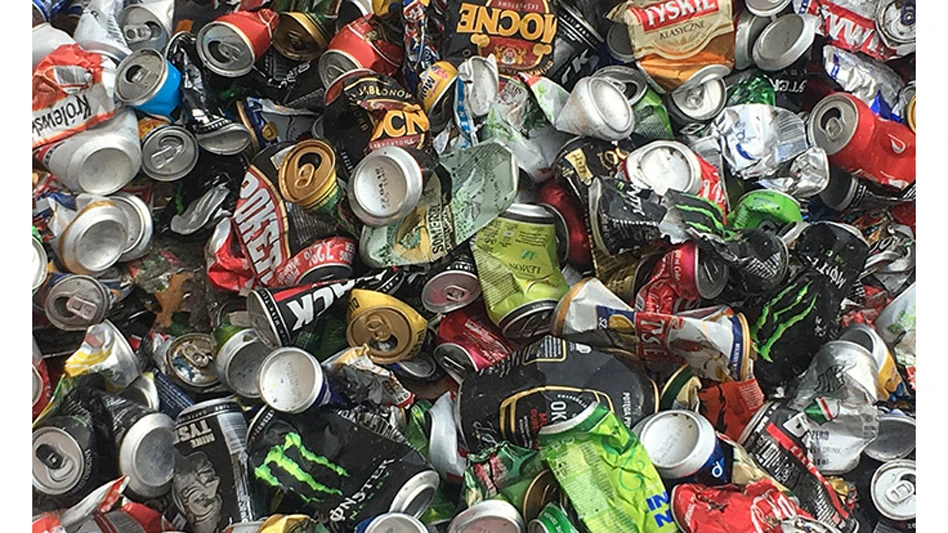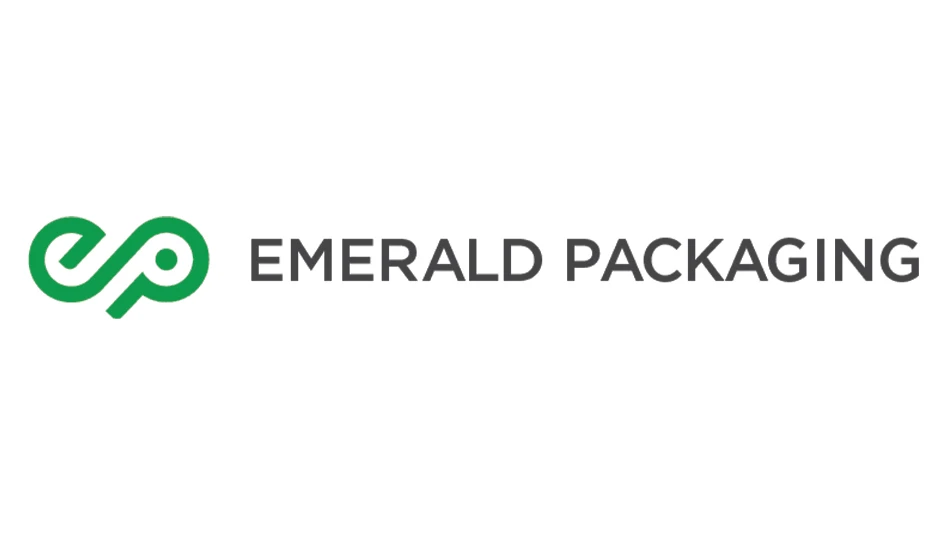
Sergii Chernov | stock.adobe.com
A number of supply, demand, cost and sustainability conditions are poised to drive a rapid expansion of the lithium-ion battery recycling industry, more than tripling its capacity by 2030, according to a new analysis by IHS Markit, with global headquarters in London.
An increasing volume of end-of-life batteries will create a sizeable repository of recyclable material, according to the analysis. IHS Markit says it expects that more than 500,000 tons of batteries will reach end of life in 2020. That figure is expected to rise to 1.2 million tons in 2025 and reach 3.5 million tons in 2030 for a seven-fold increase.
Additionally, the continued rise in electric vehicles (EVs) is poised to increase demand for new batteries from 250 gigawatt-hours in 2020 to more than 1,700 gigawatt-hours in 2030 and nearly 5,000 gigawatt-hours per year in 2050.
Recycled materials currently make up a small proportion of the battery supply chain. However, the increasing supply of end-of-life batteries and growing demand will enable up to 15 percent (180 kilotons) of lithium, 7.5 percent (450 kilotons) of nickel and 43 percent (930 kilotons) of cobalt from recycled sources to be used in new batteries by 2030, IHS Markit says.
This would necessitate a more than tripling of global battery recycling capacity, from approximately 1 million tons in 2020 to 3.5 million tons by 2030, the firm adds.
George Hilton, energy storage senior analyst, IHS Markit’s Clean Energy Service, says, “Currently, we see some very large recycling plants in China, meaning that the global capacity exceeds the required capacity for 2020. However, in coming years, we see a need for large increases in the recycling facility capacity particularly in Europe and the United States.”
He adds, “We are approaching the tipping point for a self-perpetuating cycle where the deluge of end-of-life batteries comes along at just the right time to meet rising demand for these materials to make new batteries. The supply, demand, cost and security of supply motivations are all there.
“We are already seeing a trend towards greater localization of battery production as governments look to maximize value creation in this high growth sector," Hilton continues. "Particularly in Europe, where there are not large deposits of raw materials for battery production, recycling will be key to enabling the development for local supply chains for battery manufacturing facilities."
IHS Markit says it foresees cost, security and sustainability driving investment to underpin the expansion of battery recycling. From a cost standpoint, the firm says recycled materials have the potential to be cheaper than virgin equivalents. In terms of security of supply, battery recycling has the potential to create supply in regions that do not have the necessary natural resources. In particular, recycled batteries will enable significantly reduced reliance on mined cobalt, which largely comes from a single source, the Democratic Republic of Congo, IHS says. Finally, regarding sustainability, consumer preferences are driving increased scrutiny of the lithium-ion supply chain. Use of recycled materials in new batteries is one way to reduce the environmental and social impact of battery production.
“Battery recycling is a key enabling technology which will allow electric vehicles to maximize their sustainable credentials,” Hilton says. “In coming years, recycled battery materials will enable EVs to be produced more sustainably, at lower cost and reduced reliance on complex, international raw material supply chains.”
He adds that the study considered a number of different variations of the lithium-ion battery. “We also cover a wide range of applications including EVs, stationary storage and consumer electronics; however, the large majority of the increase in uptake of Li-ion batteries is driven by the automotive sector.”
Latest from Recycling Today
- ReMA urges open intra-North American scrap trade
- Axium awarded by regional organization
- China to introduce steel export quotas
- Thyssenkrupp idles capacity in Europe
- Phoenix Technologies closes Ohio rPET facility
- EPA selects 2 governments in Pennsylvania to receive recycling, waste grants
- NWRA Florida Chapter announces 2025 Legislative Champion Awards
- Goldman Sachs Research: Copper prices to decline in 2026





